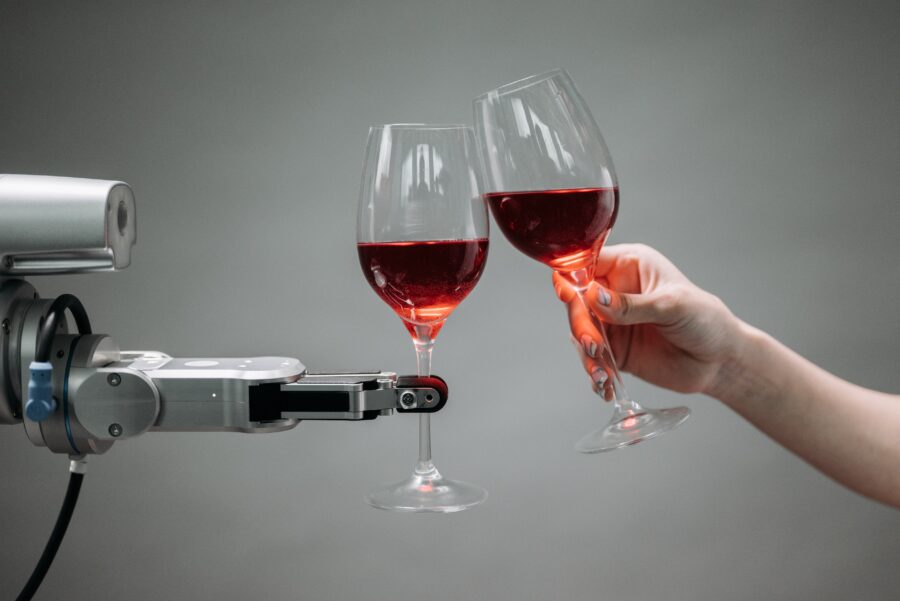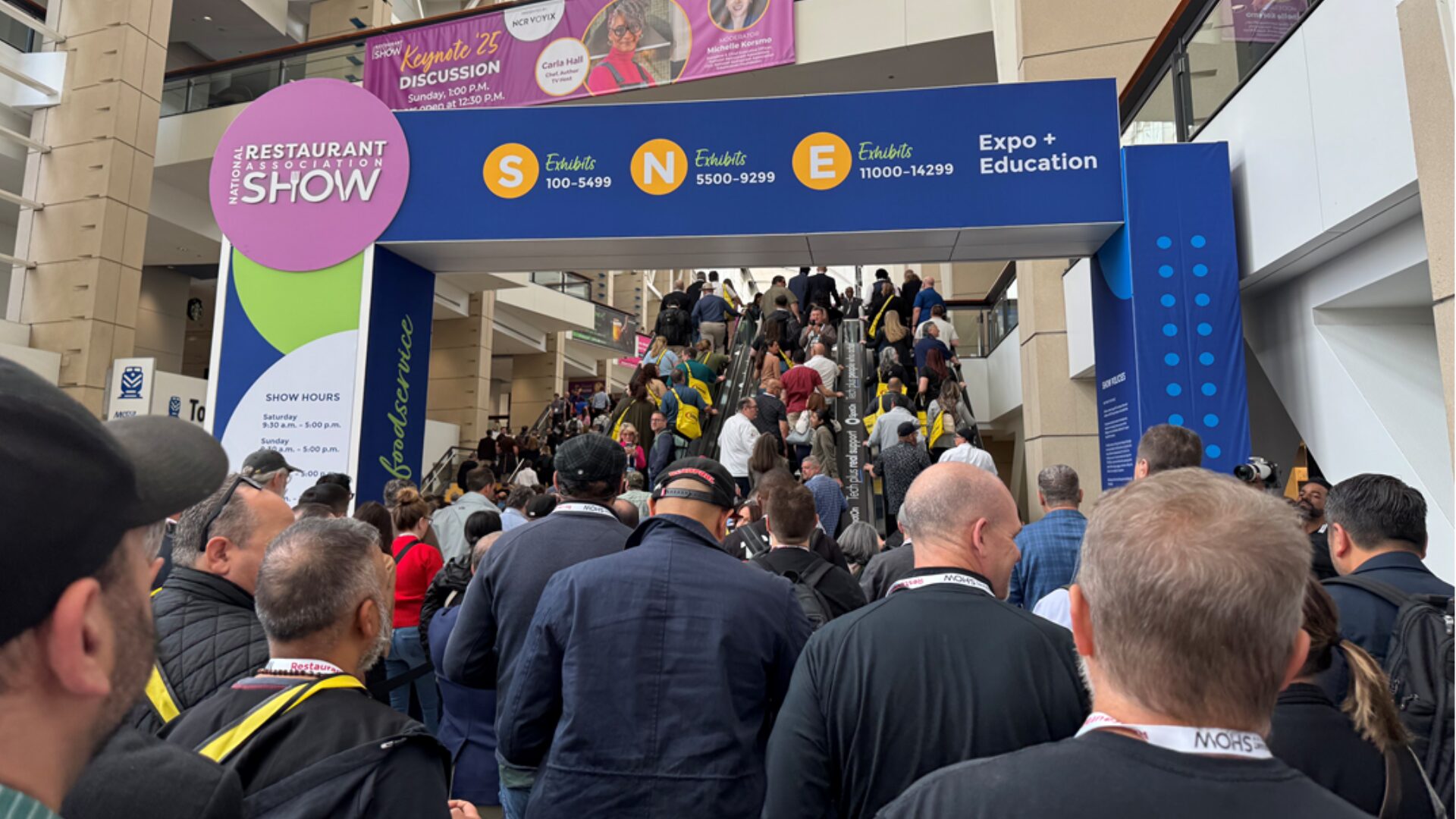The food industry is on the precipice of a tectonic shift, according to industry insiders. Technology is the driving force behind the projected change.
“Within the next couple years, expect organizations in the industry to start using machine learning for food and beverage demand planning at restaurants, using it to correlate historic POS data with external data such as weather and events to forecast future demand,” Craig Colby, president of OneStream Software, told The Food Institute.
“These forecasts help drive effective demand planning, sales forecasting, and integrated business planning processes – and do so on a continual basis,” Colby added.
Technology like machine learning, robotics, and self-ordering kiosks are rapidly changing the customer service experience. The industry’s pending technological transformation is the main topic of this month’s extensive Food Institute report, available to members on October 19 (to join FI, click here).
Artificial intelligence, too, could be a game-changer for industry categories like food retail.
For example, Mike Rondinaro, cofounder of Parkday – which delivers fresh meals to consumers – feels AI could take personalized nutrition to the next level.
“Artificial intelligence will address the following trends,” he said: “43 percent of eaters follow some type of specific diet, and the personalized nutrition industry is projected to grow 16% annually over the next 10 years.”
Meanwhile, robotics could render foodservice staffs nearly unrecognizable within a decade, experts say. Robots can be used for tasks like packaging food and cooking (already a common occurrence at QSRs like White Castle).
While many Americans are nostalgic about their first job spent flipping burgers at fast-food restaurants, today’s operators say turning to robotics has become increasingly necessary amid a lingering labor shortage.
It’s simple math, said Izzy Kharasch, founder of Hospitality Works, Inc., a bar and restaurant consulting company.
“Robots and other advancements aren’t replacing anyone; they’re filling the positions that people are no longer interested in,” Kharasch said in a statement shared with The Food Institute. “I recently opened two restaurants [and} we have been trying to fill positions for four months.”
Kharasch says robots can provide a huge boost to restaurants’ bottom lines.
In California, he noted, the cost of two restaurant “runner” employees working 6-hour shifts seven days a week at the state’s minimum wage of $14 per hour combine to cost an operator $65,520. The cost of one robot is $700 per month, or $8,400 per year … or a total annual savings of $57,120, Kharasch noted.
“The introduction of robots in the hospitality workplace makes me very sad,” he said, “but I am a realist. If we can’t get human employees to work, then robots aren’t replacing anyone.”












